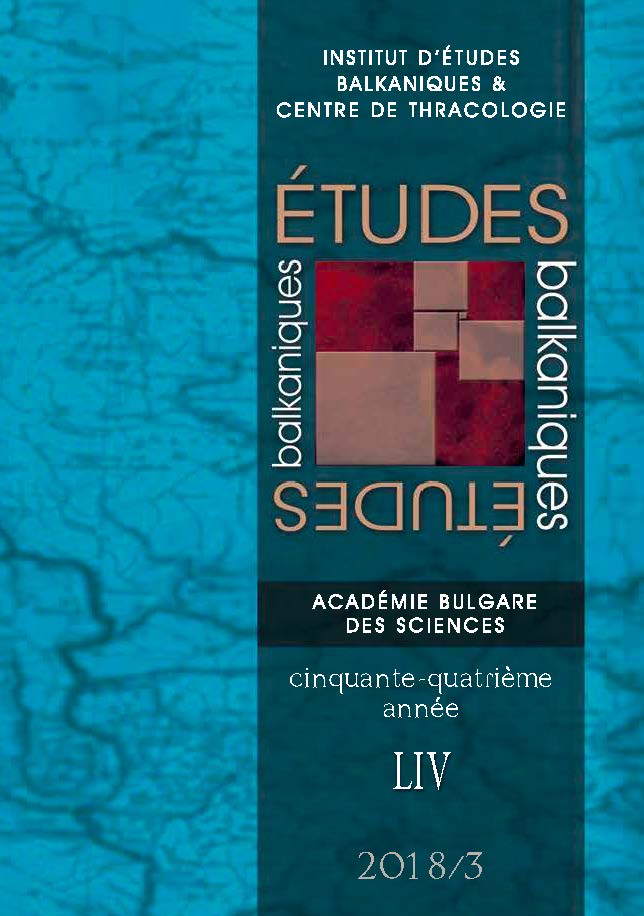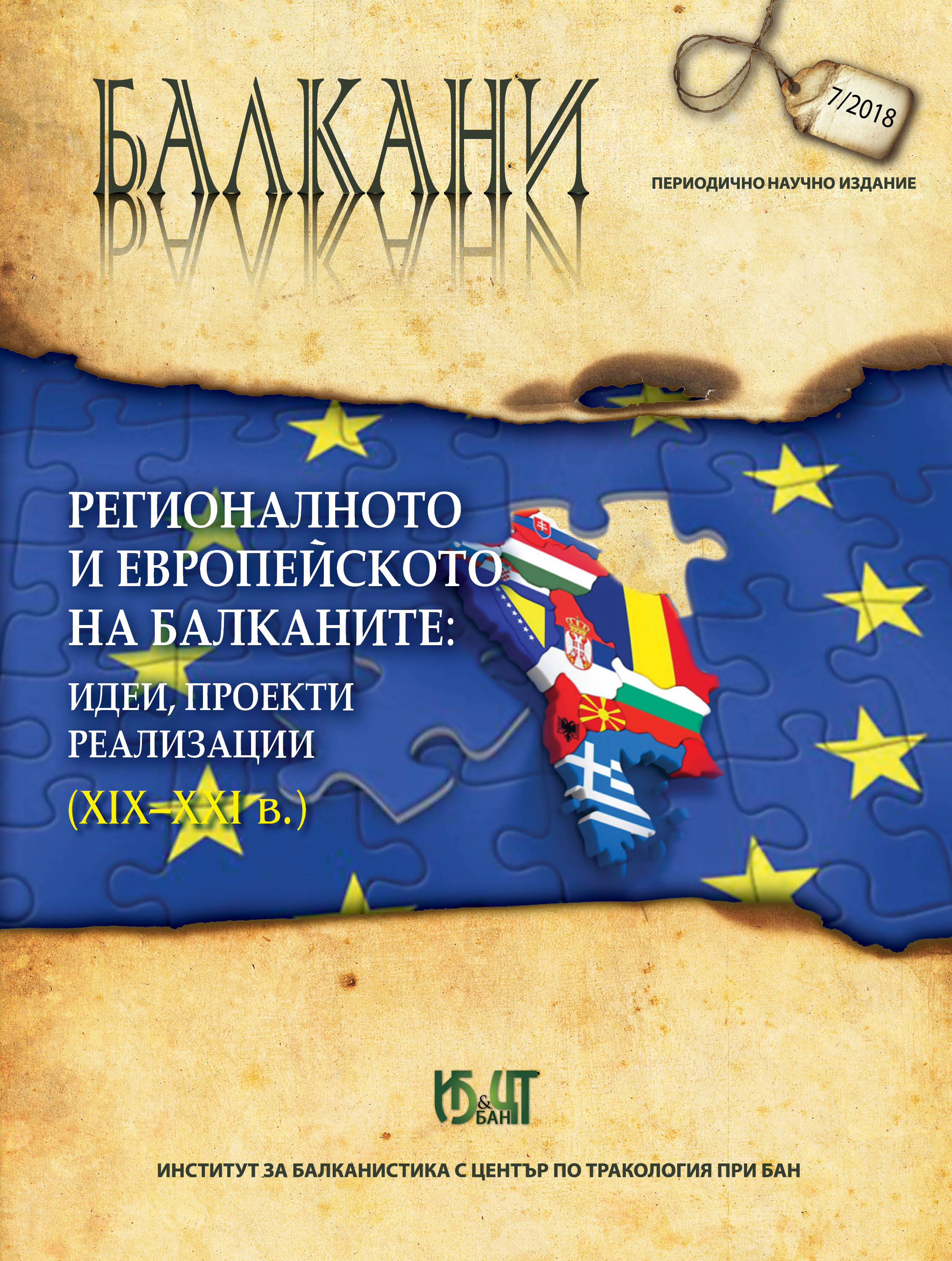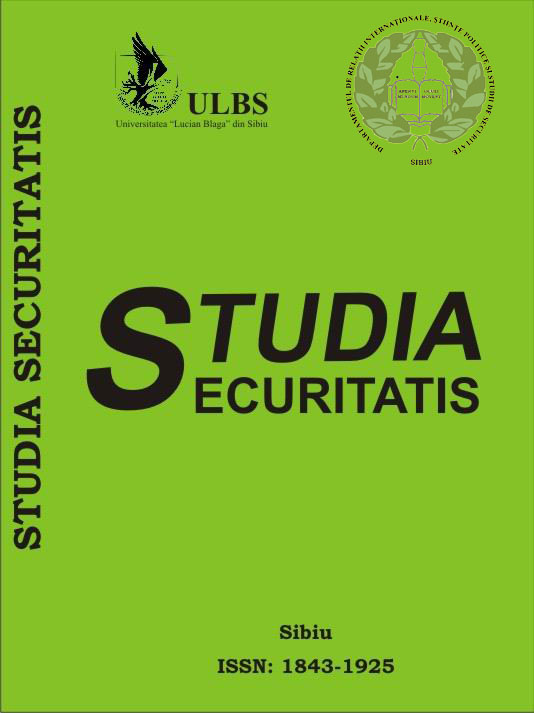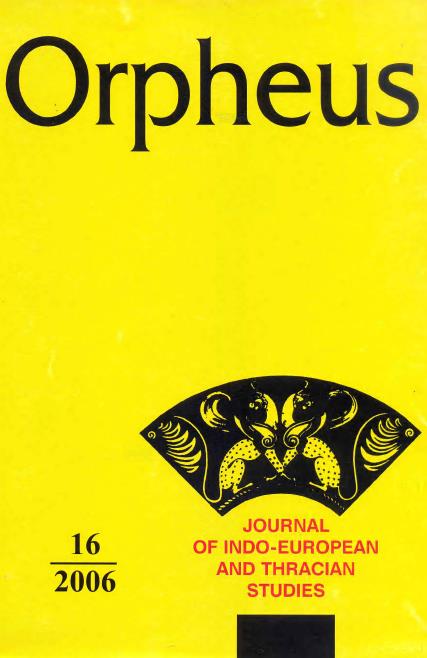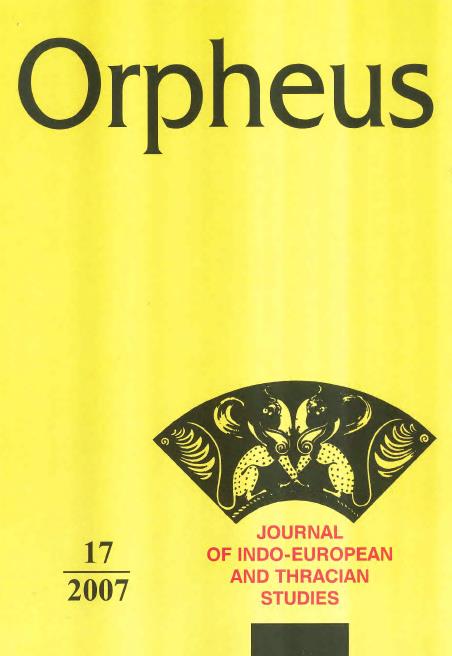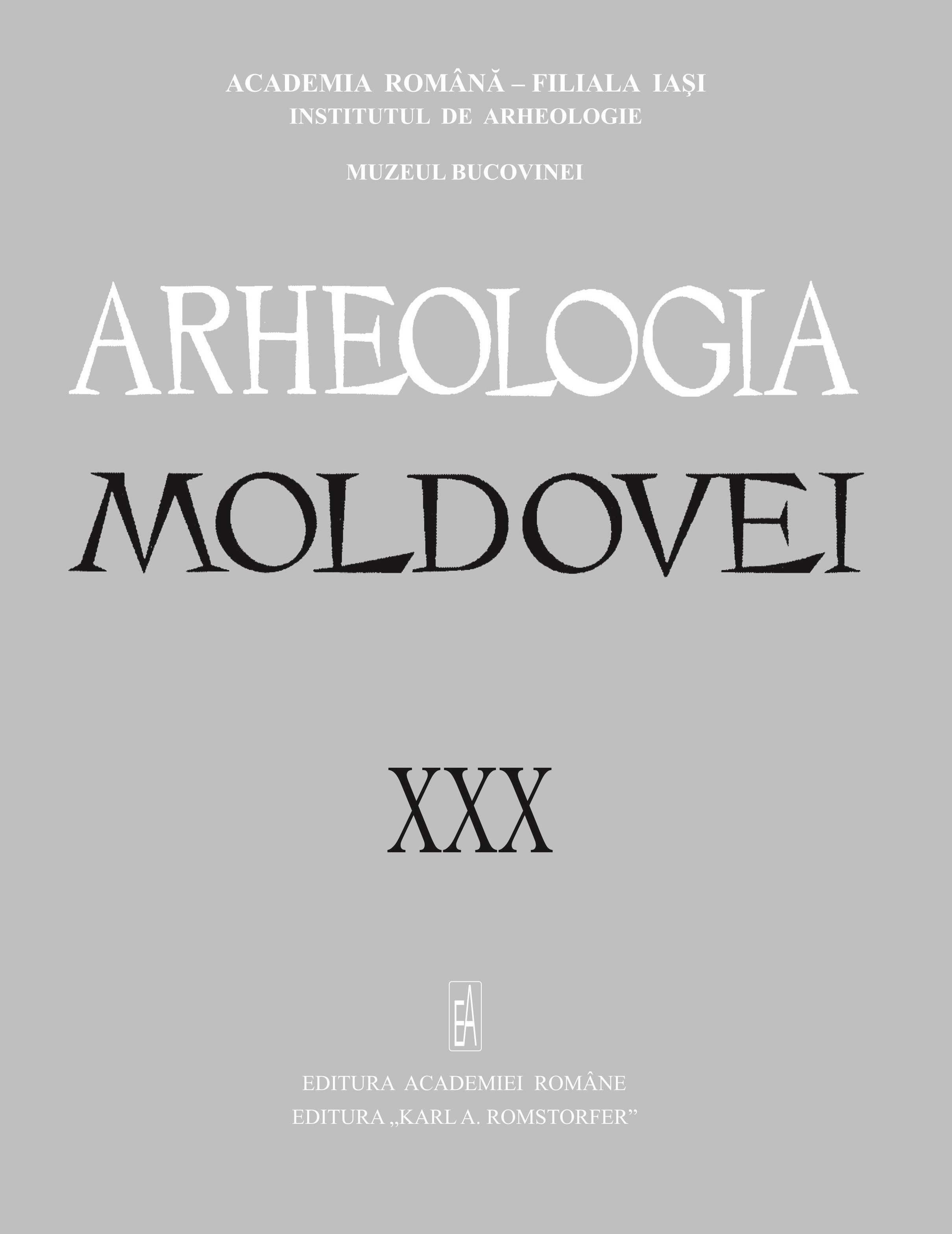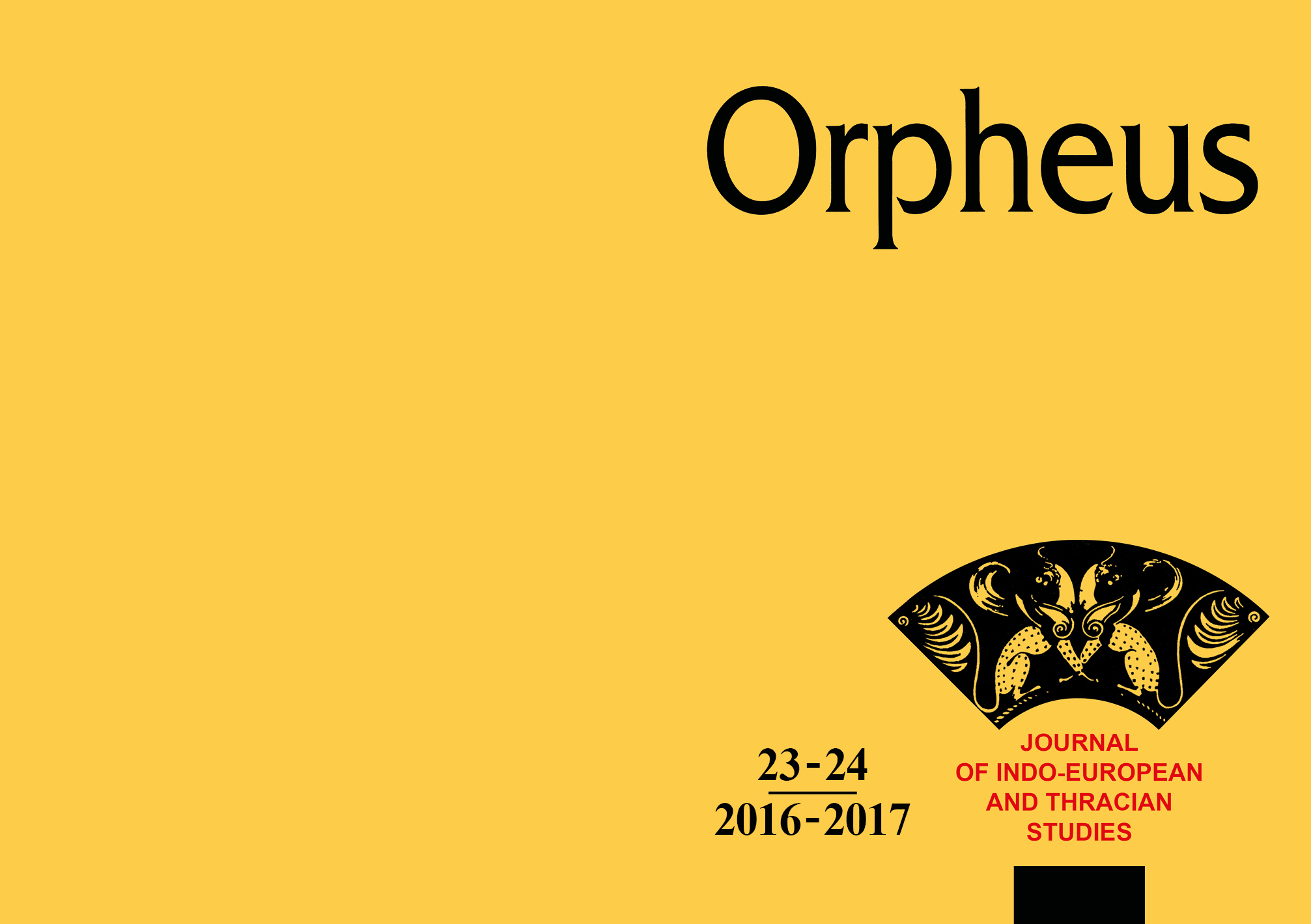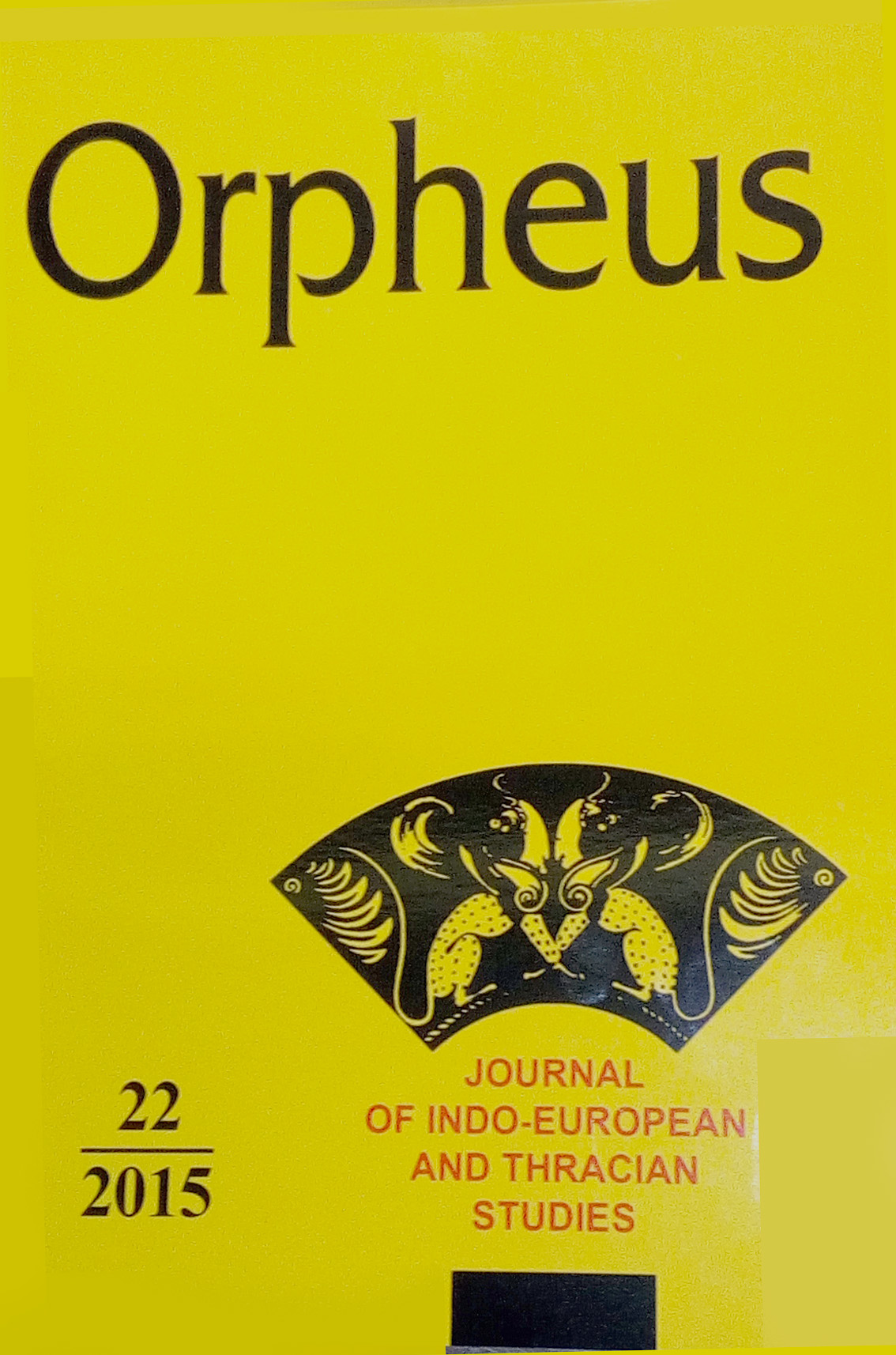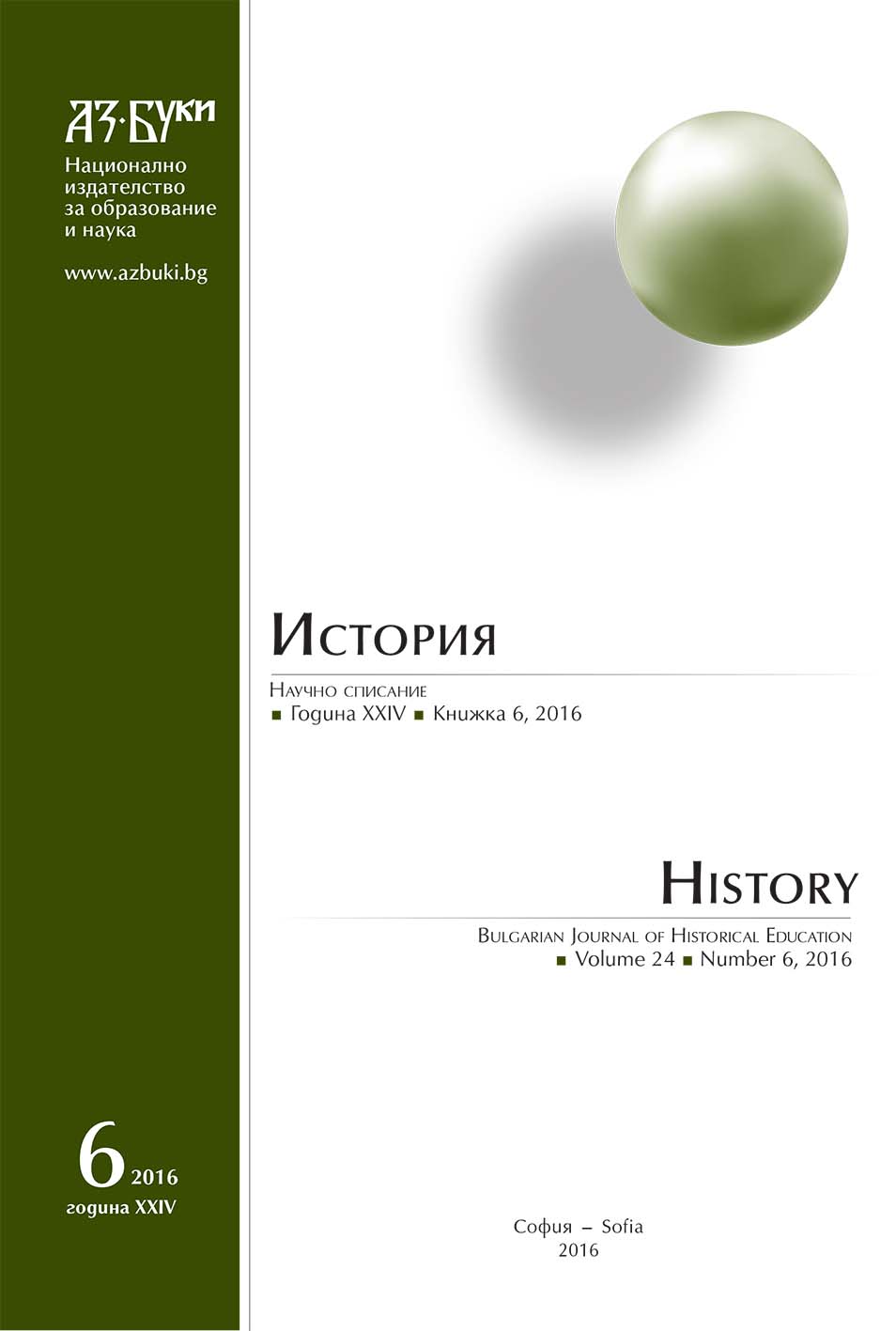Author(s): Adrian Poruciuc / Language(s): English,Romanian
Issue: 1/2007
The author of the article “Romanian gard – An Old Germanic Loan and Its Linguistic-Historical Implications” aims to clarify the etymology of a much discussed Romanian term. About the origin of Rmn. gard (‘enclosure, fence, garden, wickerwork barrier for fishing’) three main etymological explanations have been proposed in course of time: (1) earliest of all, Diez considered that Gothic gards (‘house, household, family, courtyard’) could account for both Romanian gard and Albanian gardh (‘hedge, palisade, dam’); later it was only Scriban and Gamillscheg who were definitely in favour of an Old Germanic origin for Rmn. gard; (2) most other scholars followed Miklosich’s authoritative (but hardly credible) opinion according to which the Romanian word under discussion simply derived from Old Slavic gradъ (‘fortified settlement’); (3) and in more recent times, specialists like Russu and Brâncuş considered Rmn. gard to be a substratal (Thraco-Dacian) term closely related to Alb. gardh. The present author brings new arguments in favour of the Old Germanic etymology (which was credibly sustained in Gamillscheg’s Romania Germanica). One of the main arguments taken into account below is that O.Slav. gradъ itself is best explained as a very early borrowing from Germanic, that idea being archaeologically supported by the numerous traces of Old Germanic (even pre-Gothic) “enclosures” that have been found in now Slavic territories north of the Carpathians. In regard to phonetics, in Slavic (a satem language, like Thracian, for that matter), a word that etymologically corresponds to Phrygian -gordum (in Manegordum) and to Latin hortus ‘garden’ should have an initial z; and, in fact, Russian does contain such a native word: zorod ‘enclosure for haystacks’, a remote relative of Russ. gorod ‘city’ (the latter being an East-Slavic version of the Germanic loan gradъ). This author considers that, even before East-Scandinavian Vikings came to control East-Slavic territories that they designated as Gardar (on the Dniepr), earlier Slavs had come into touch with Old Germanic “enclosures” (as power-centres, and nuclei of cities to-be), of the kind designated by Goth. gards. Such a term also became known, independently, to pre-Roman ancestors of the Romanians (and to proto-Albanians) in Central-Southeast European regions controlled by one or another kind of Old Germanics (as Herrenvolk). That kind of early contact, which certainly preceded the Slavic expansion of the 6th–7th centuries, can account for the fact that Romanians have preserved the term gard with archaic-rural meanings, and (in form) without the specific Slavic metathesis, gar > gra (a feature that is manifest, for instance, in the Romanian term grădină ‘garden’, an obvious Slavic loan). So, Rmn. gard appears to come from pre-Roman substratal idioms (as several important scholars have assumed), but in those idioms such a term was an Old Germanic loan, a fact that is indicated by both its initial consonant g, and its vowel a (as regular Germanic development from an Indo-European o – cf. Lat. hortus). From the language of earliest Slavs (Sklavenoi) who moved south, Romanians subsequently inherited ogradă, grădină, and grădişte (themselves based on Old Germanic loans), but not also gradъ.
More...
